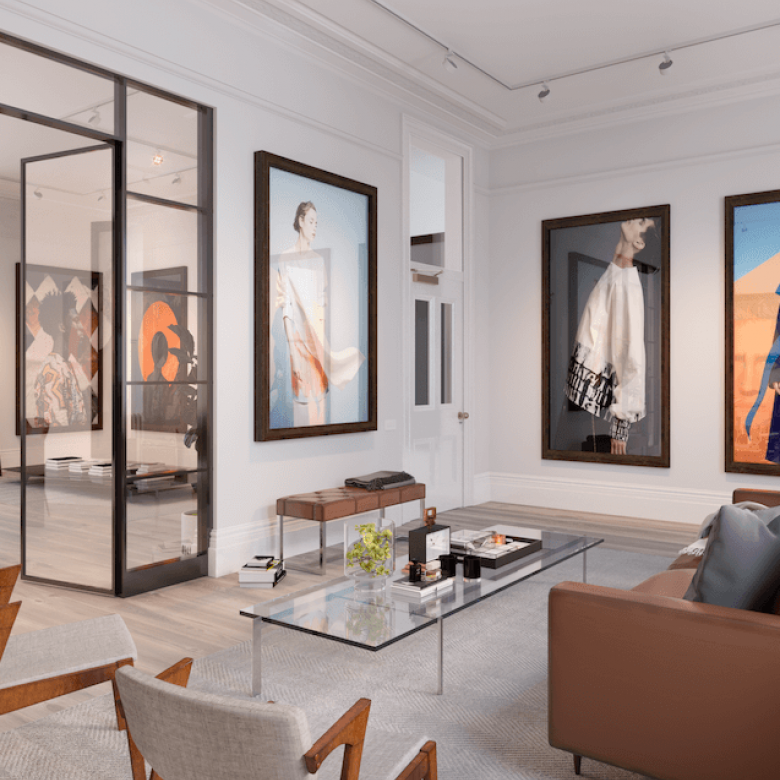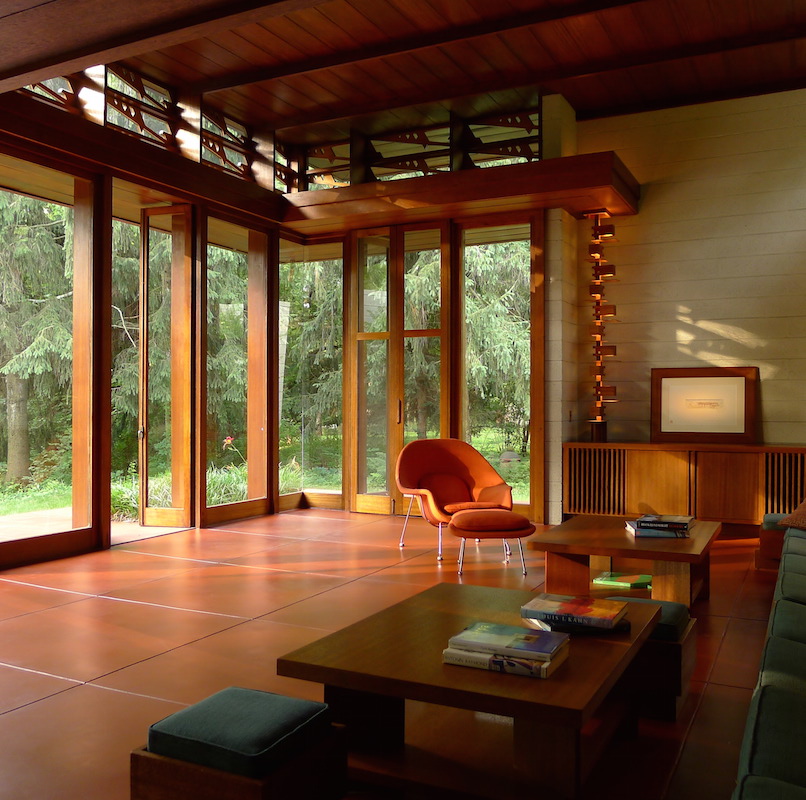Elegant Country Home Design for Modern Living
Elegant Country Home Design for Modern Living
Blog Article
The Art of Balance: Just How Interior Design and Home Architect Collaborate for Stunning Results
In the world of home style, striking an equilibrium between aesthetic appeals and functionality is no tiny accomplishment. This fragile balance is achieved via the harmonious cooperation between indoor designers and engineers, each bringing their distinct knowledge to the table. The outcome? Areas that are not just visually sensational but likewise extremely habitable. This best mix is not constantly very easy to achieve. Remain with us as we explore the ins and outs of this collaborative process and its transformative influence on home layout.
Understanding the Core Distinctions In Between Interior Decoration and Home Style
While both Interior Design and home style play necessary functions in developing visually pleasing and functional rooms, they are inherently various self-controls. Home style mainly concentrates on the structural aspects of the home, such as constructing codes, safety regulations, and the physical construction of the room. It manages the 'bones' of the framework, functioning with spatial measurements, bearing walls, and roofing system styles. On the various other hand, Interior Design is much more concerned with improving the sensory and aesthetic experience within that structure. It involves selecting and setting up furniture, selecting color design, and including ornamental elements. While they operate in tandem, their roles, responsibilities, and areas of knowledge diverge substantially in the production of a harmonious home environment.
The Synergy In Between Home Architecture and Inside Style
The harmony in between home architecture and Interior Design hinges on a shared vision of design and the improvement of functional looks. When these 2 areas line up harmoniously, they can transform a home from normal to phenomenal. This partnership requires a deeper understanding of each self-control's principles and the capacity to create a cohesive, visually pleasing atmosphere.
Unifying Layout Vision
Unifying the vision for home design and interior layout can create an unified living space that is both useful and aesthetically pleasing. It advertises a synergistic strategy where building elements enhance interior design parts and vice versa. Therefore, unifying the layout vision is essential in mixing style and interior design for stunning results.
Enhancing Functional Aesthetic Appeals
Just how does the harmony in between home design and Interior Design enhance functional appearances? This harmony makes it possible for the creation of areas that are not only aesthetically appealing yet also conveniently useful. Architects prepared with their structural layout, guaranteeing that the room is practical and reliable. The interior designer then complements this with carefully selected components that enhance the appearances without endangering the performance. This harmonious partnership can result in homes that are both liveable and beautiful. For example, a designer may develop a residence with big home windows and high ceilings. The indoor developer can after that highlight these features with large curtains and high plants, respectively, therefore enhancing the aesthetic charm while preserving the practical advantages of all-natural light and space.
Significance of Collaboration in Creating Balanced Spaces
The cooperation in between interior developers and architects is crucial in producing balanced spaces. website It brings harmony in between style and architecture, offering birth to spaces that are not just cosmetically read more pleasing however additionally functional. Checking out successful joint techniques can provide understandings right into just how this synergy can be efficiently accomplished.
Integrating Layout and Architecture
Equilibrium, an important element of both interior design and style, can just genuinely be accomplished when these two fields job in consistency. This joint process results in a natural, well balanced layout where every aspect has a purpose and adds to the overall aesthetic. Balancing design and style is not simply regarding producing stunning areas, but regarding crafting areas that function flawlessly for their inhabitants.
Effective Collective Methods

Instance Studies: Successful Integration of Design and Design
Examining several study, it becomes apparent how the effective assimilation of Interior Design and style can transform an area. The Glass House in Connecticut, renowned for its minimalistic elegance, is one such example. Engineer Philip Johnson and indoor developer Mies van der Rohe worked together to produce a harmonious balance in between the framework and the inside, resulting in a smooth circulation from the exterior landscape to the internal living quarters. Another prototype is the Fallingwater Residence in Pennsylvania. Engineer Frank Lloyd Wright and interior designer Edgar Kaufmann Jr.'s joint initiatives cause a strikingly unique residence that blends with its natural environments. These study highlight the profound influence of an effective design and design collaboration.

Getting Over Obstacles in Layout and Style Cooperation
Regardless of the obvious advantages of an effective partnership in between Interior Design and architecture, it is not without its obstacles. Interaction problems can develop, as both celebrations may utilize different terminologies, understandings, and methods in their work. This can result in misunderstandings and delays in job conclusion. One more major challenge is the harmonizing act of appearances and capability. Designers may prioritize architectural stability and security, while developers concentrate on comfort and style. The assimilation of these purposes can be complicated. Furthermore, budget plan and timeline restrictions typically add stress, possibly triggering rifts in the collaboration. Consequently, efficient communication, common understanding, and concession are important to get over these obstacles and achieve a unified and effective collaboration.

Future Patterns: The Progressing Connection Between Home Architects and Interior Designers
As the globe of home design continues to progress, so does the relationship between engineers and interior designers. Alternatively, indoor designers are accepting technological aspects, influencing general format and functionality. The future guarantees an extra natural, innovative, and adaptive strategy to home layout, as architects and developers proceed to blur the lines, fostering a connection that really personifies the art of equilibrium.
Conclusion
The art of balance in home style is achieved through the harmonious cooperation in between indoor designers and architects. Despite challenges, this collaboration cultivates growth and development in design.
While both indoor layout and home design play necessary functions in creating cosmetically pleasing and useful spaces, they are naturally different disciplines.The harmony in between home architecture and indoor layout lies in a shared vision of layout and the improvement of functional visual appeals.Combining the vision for home architecture and indoor style can create an unified living area that is both useful and visually pleasing. Thus, unifying the layout vision is vital in blending style and interior design for sensational results.
Just how does the harmony between home style and interior layout enhance useful aesthetic appeals? (Winchester architect)
Report this page